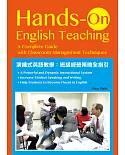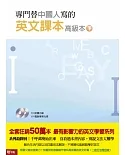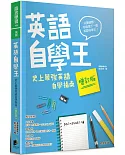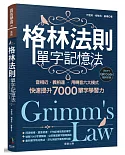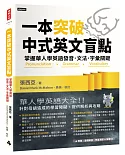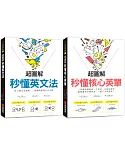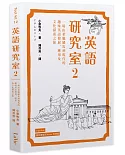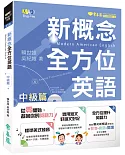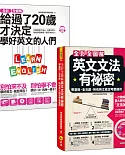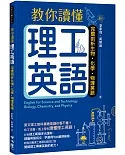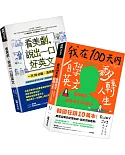作者序
Michael Coughlin
Talk to the man who often meets dead ends, and you will know the value of making connections. The goals we give ourselves in life build upon one another, giving each of our skills enriched
significance. This book uses your knowledge base to form new connections. It will help you grasp the interrelationship of all words, familiar and unseen. The more you delve into this text, the
more you will develop you recognition of the subtleties of the English language.
This book is well suited for a motivated student who wants to improve on his or her own, or for someone looking to fuel their discussions in a study group. The arrangement of connections in
this book lends itself to rectifying some particular problems in language development. For example, the layout presented within can help end the problem of knowing each word in a sentence, but
not actually perceiving it’s meaning. As English is a living language, you will also have the capability to adapt with the language as it morphs and expands.
This book was written in Taiwan, with local student populations kept in mind. I have connected with so many great people in Taiwan, not to mention great students. Care and time have been put
into this book out of esteem for those wonderful encounters. I continue to be inspired by those around me.
The sources for this book include the experiences of friends I have known, as well as book characters who inspire me. It doesn’t aim to give one person’s point of view, but to offer
well-rounded and creative perspectives.
May this book lead you to more connections.
Amicitiae nostrae memoriam spero sempiternam fore
Michael Coughlin
2014.04
Raymond Tsai
心智圖(Mind Map),是由英國的托尼˙博贊提出的一種輔助思考工具。它利用一個中心關鍵字或是關鍵想法,以輻射線的方式連結所有相關的代表單字、想法……等等,它適用於各種主題,因為這種表現方式和人思考的空間性想像較接近,所以愈來愈多人將心智地圖應用在創造性思維中。
但回歸心智圖的本質,它既是一種圖像思維的工作,也是一種利用圖象式思考輔助的工具。現今有許多人利用心智圖的概念整理筆記,像我認識的,曾在哈佛就讀的朋友便是,利用心智圖整理出來的筆記,最符合自己的思考模式,保留了思考的連貫性,在未來針對該學科的複習也能夠更得心應手。
《哈佛高材生的英文心智地圖》便充分了利用心智圖的特點,它將所有相關的單字內容,用一張圖按照重要性、延伸性整理出來,讓讀者可以跳脫傳統英文單字書常見的 A-Z 排列學習,而以更系統化的方式來學習英文單字。從 A 到 Z
的依序背單字方法看似簡單,但卻打散了我們記憶的連貫性,以大腦的記憶方式來說,我們會將類似的、相衝突的內容一起記憶,這是因為我們的大腦本來就具有聯想的功能,但按字母排序的學習法並沒有善用這個功能。
舉例來說,若我現在想今天午餐要吃什麼的時候,我會先想到要往哪個方向覓食?要吃中式還是西式?要吃飯還是吃麵?吃炒飯好還是滷肉飯好?……等等,由此可以發現我的思考軌跡,想生活瑣事如此,學習語言也是如此。利用自然的思維脈絡,將單字整理出來,這就是這本《哈佛高材生的英文心智地圖》所要帶給讀者的內容。
而傳統的心智圖長得很醜又很無聊,原本擔心新智圖在書中呈現的效果是否會有影響,但出版社特邀插畫家 Boujour 小姐繪製插畫,透過 Boujour 小姐的插畫,讓心智圖變得美麗且更適合學習,相信一定能夠幫助到很多讀者,將心智地圖這個學習方法介紹給大家,讓大家在學習語言的過程中都能夠一次學習、舉一反三,更能夠事半功倍!
Raymond Tsai






















